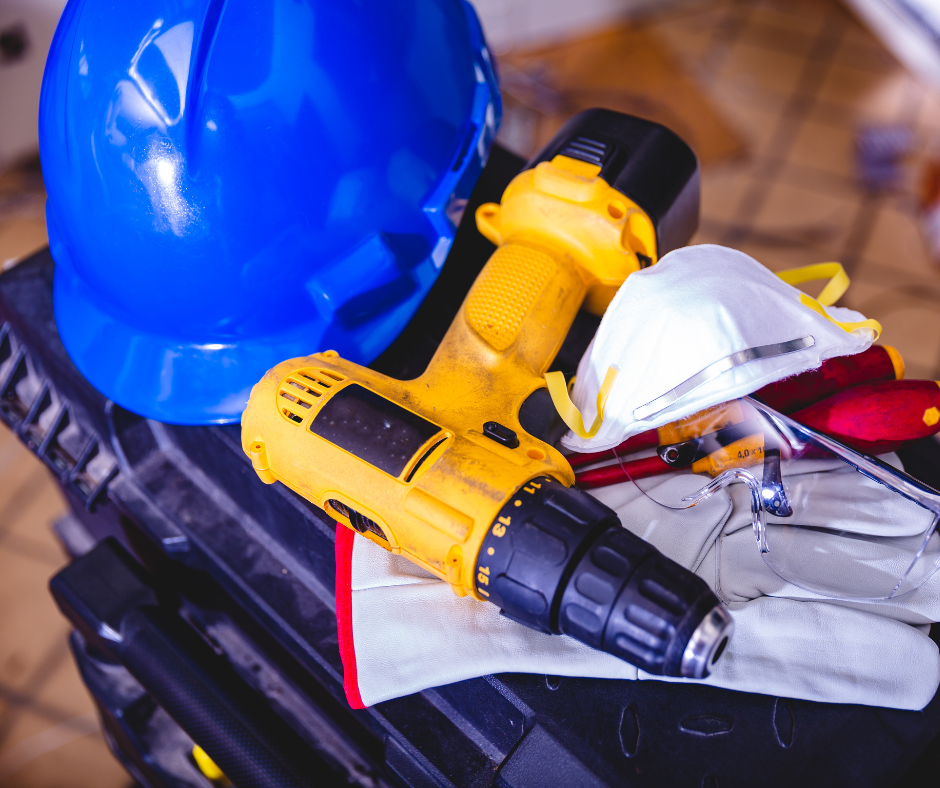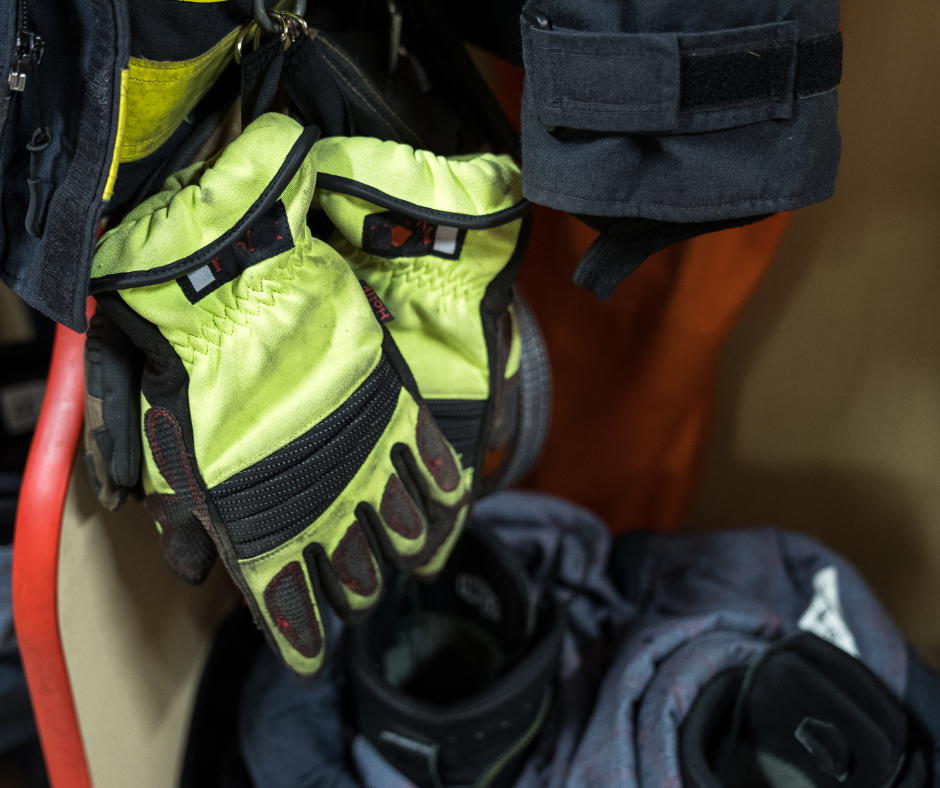This blog can be delivered to your staff as a Toolbox Talk. If you require a specific Toolbox Talk for your workplace, please feel free to get in touch.
Reason: Absence of PPE, where identified as required from a risk assessment, can expose an operative to something that has the potential to cause harm.
Outline: This toolbox talk covers matters that require consideration when choosing and using PPE to reduce the risk of injury and illness.
Some Facts
 Between December 2021 and 2022 BSIF completed testing on 127 non-member PPE products to check compliance with the relevant standards. Only 18 (15%) of the products tested were fully compliant.
Between December 2021 and 2022 BSIF completed testing on 127 non-member PPE products to check compliance with the relevant standards. Only 18 (15%) of the products tested were fully compliant.- Between 1996/97 and 2002/03 24,182 PPE-related accidents were reported to the HSE:
- Male workers accounted for 85% of PPE-related accidents, with women taking up 15%.
- Around 60% of PPE-related accidents would have been prevented or alleviated if the PPE provided was worn by the operator or the requirement for PPE had been identified.
The Law
Personal Protective Equipment at Work (Amendment) Regulations 2022 sets out duties to employers to ensure that PPE is:
- Properly assessed before use to ensure fit for purpose.
- UKCA (or CE) marked and conforms to the relevant BS standard.
- Maintained and stored properly.
- All operatives are provided with instructions and information on how to use it.
- Used correctly by operative.
- Provided free of charge
When should PPE be used?
A risk assessment will be conducted by your employer and the hierarchy of control will be applied. The risk of injury/illness may still be high after all other controls are in place and so PPE will be required for things such as:
- Breathing in dust, mist, gas or fumes harmful to health
- Falling objects hitting people
- Flying particles or splashes of corrosive liquids getting into peoples eyes
- Skin contact with corrosive materials
- Excessive noise
- Extremes of heat or cold
Always remember PPE should only be used as a last resort to control risks from a hazard.
What should be included in a pre-use PPE check?
 Signs of wear and tear e.g. Dirty hi-vis vests, reducing visibility.
Signs of wear and tear e.g. Dirty hi-vis vests, reducing visibility.- Damage e.g. Cracks or dents in the safety glasses.
- Contamination e.g. Working with chemicals and disposable gloves.
- Acceptability for use e.g. Using cut resistant gloves for working with sheet metal rather than using heat resistant gloves.
Using PPE
If more than one item of PPE is worn at the same time, your employer must make sure that they can be worn together. This includes essential wear, such as hearing aids, prescription glasses etc.
To ensure items are compatible, your employer should assess the required PPE and provide instruction and training on how to equip the PPE effectively. Face-fit testing should also be conducted on respirators to ensure the size of the PPE is correct and prevents leakage.
Your duties
- Report any lost, defective or damaged PPE immediately
- Conduct a pre-use check on all PPE.
- Participate in any training or instruction provided on the use of PPE
- Use PPE in accordance with any training provided and in line with manufacturer’s guidance.

- What should you do if you have not been provided with PPE?
- Why is it important to report damaged, defective, or missing PPE?

Now inform your workers on where they can locate PPE on site.
If you have any questions about the contents of this Toolbox Talk, do not hesitate to contact us – our team would be happy to help you with any queries. Find more Toolbox Talks here.


